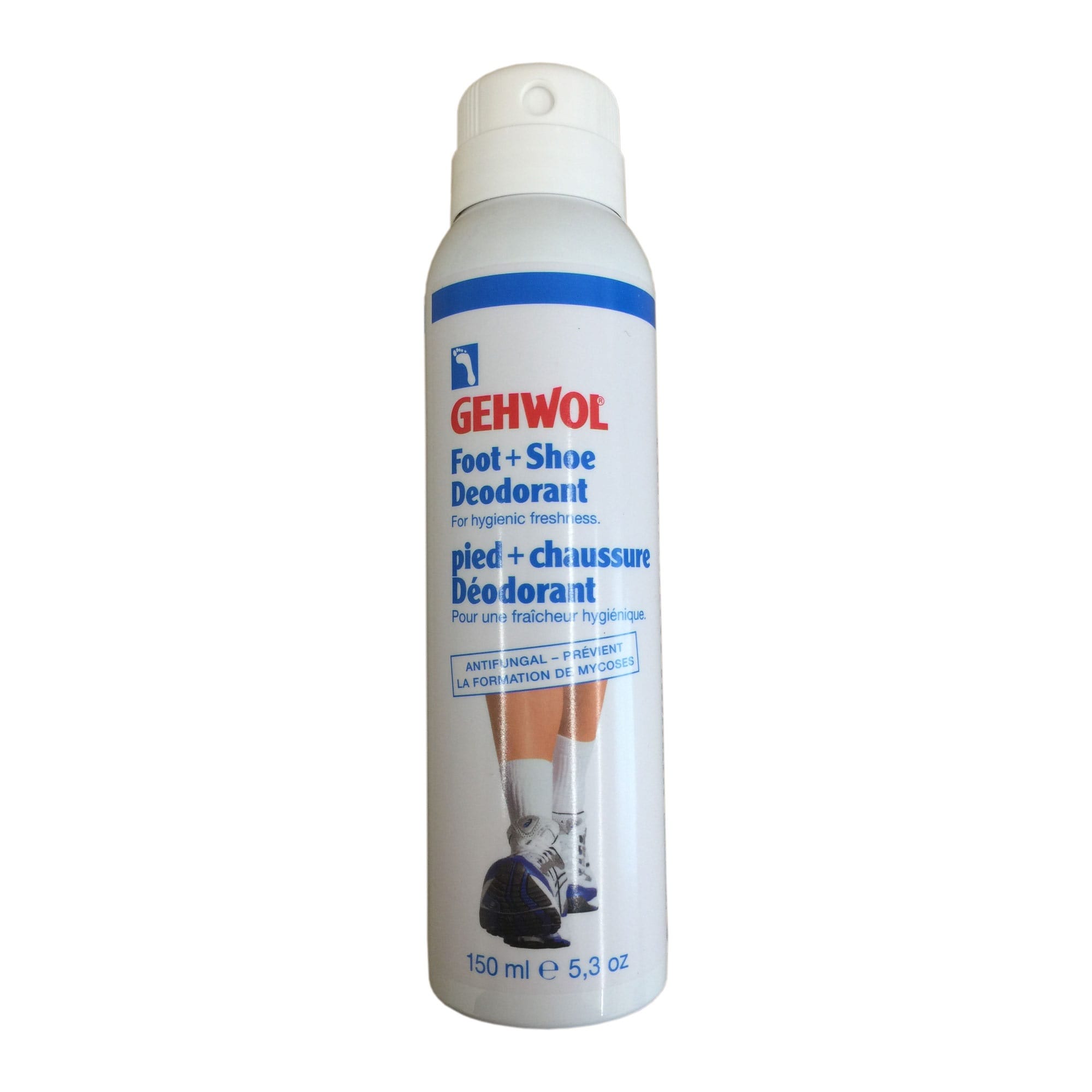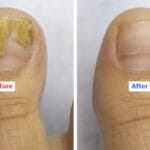Tired of smelly, fungus-filled shoes? You’re not alone! This comprehensive guide will help you find the best antifungal shoe spray to keep your kicks fresh and odor-free, whether you’re a dedicated athlete or just want your shoes to stay clean. Say goodbye to foot fungus and hello to fresh, healthy shoes!
Understanding Antifungal Shoe Sprays
Let’s face it – nobody enjoys dealing with smelly feet or the dreaded foot fungus. It’s uncomfortable, can be embarrassing, and is a common problem, especially for those of us who wear closed-toe shoes often. But don’t despair, there’s a secret weapon you need in your arsenal: antifungal shoe spray.
Think of it as a superhero for your shoes, battling those pesky problems head-on.
How Antifungal Shoe Sprays Work
These sprays are packed with powerful, fungus-fighting ingredients, like clotrimazole, miconazole, or tolnaftate. They work by eliminating fungal cells before they multiply and cause more trouble. But that’s not all! Most antifungal shoe sprays also include ingredients that combat odors, so you’re not just masking the smell but actually fighting the root cause.
Choosing the Right Spray
Not all antifungal sprays are created equal. Here are a few things to keep in mind when choosing a spray:
- Check the Ingredients List: Look for those superhero ingredients we mentioned earlier – clotrimazole, miconazole, tolnaftate.
- Consider Your Shoes: Leather shoes? Cloth sneakers? Delicate dress shoes? Some sprays are designed for specific materials, so pick one that won’t damage your beloved footwear.
- Look for Bonus Features: Some sprays offer extra benefits like odor control, moisture absorption, or even essential oils for a fresher scent.
Beyond the Spray: More Ways to Fight Shoe Fungus
Antifungal shoe spray is a game-changer, but a good defense strategy involves multiple tactics:
- Wash Those Shoes: Toss those machine-washable shoes and insoles in for a hot water bath with some antifungal detergent. To up the ante, consider a UV light sanitizer for a chemical-free way to zap those fungi.
- Raid Your Pantry: Okay, so you might not find an antifungal spray in there, but good old vinegar, Listerine, and even Lysol can help kill fungus in a pinch. (Just remember to test a small area first to prevent discoloration!)
- Prevention is Key: Air-dry your shoes after wearing them, rock those moisture-wicking socks, and make cleaning your shoes with an antifungal spray a regular part of your routine.
Can I Spray Antifungal Directly in My Shoes?
Battling stinky, itchy feet? You’re probably wondering if hitting those shoes with some antifungal spray is the right move. The good news is – it absolutely can be!
Our shoes can become warm, damp havens for fungal infections like athlete’s foot. Think of antifungal shoe sprays as the eviction notice these fungi weren’t hoping for.
But before you grab any old spray can, remember to look for products specifically labeled for “footwear.” The most effective sprays will contain active ingredients like tolnaftate or clotrimazole.
How to Apply Antifungal Shoe Spray
- Spray Away: Give those shoes a good, even coating of antifungal spray. Pay special attention to the toe area, where fungus often thrives.
- Air ‘Em Out: Let your shoes completely dry before slipping them back on. Sunlight can be a big help here, naturally zapping some of those fungal spores while speeding up the drying process.
- Go the Extra Mile: Want to really knock out those odors? Sprinkle some baking soda inside your shoes to soak up excess moisture. Try not to wear the same shoes two days in a row – give them a break to air out.
Word of Caution: Bleach can be tough on certain shoe materials, so use it sparingly and always dilute it properly. And if you’re dealing with a particularly stubborn or severe infection, it’s best to see a doctor.
Does Antifungal Shoe Spray Really Work?
Antifungal shoe sprays can be a game-changer in the fight against foot fungus, but they work best when used correctly and consistently.
These sprays act like tiny ninjas, going after the root of the problem: the fungus and its spores. They typically contain ingredients like terbinafine or clotrimazole, which disrupt the fungal cell walls and stop them in their tracks.
Choosing the Right Spray for Your Needs
- Know Your Ingredients: Terbinafine and clotrimazole are two of the most effective antifungal agents. Check the label and see which one your spray uses.
- Consider Shoe Material: Think about what your shoes are made of. Some sprays work better on certain materials – for example, leather versus canvas.
- Infection Severity: If you’re dealing with a full-blown fungal infection, it’s always wise to consult with a doctor.
Using Your Antifungal Spray Effectively
- Start with a Clean Slate: Before applying the spray, give those shoes a good cleaning.
- Shake It Up: Give that spray can a good shake to mix the ingredients properly.
- Target Practice: Hold the can about 6-8 inches away from your shoes and spray evenly inside. Make sure to coat the entire inner surface.
- Drying Time: Let your shoes air dry completely before wearing them again.
Prevention: Your Best Defense Against Fungus
- Keep it Clean: This might seem obvious, but keeping your feet clean and dry is crucial.
- Choose Breathable Footwear: Opt for shoes and socks that let your feet breathe, especially in hot or humid weather.
- Sock Swap: Change your socks daily.
- Sharing is Not Caring: Resist the urge to share shoes or socks – it’s just good hygiene!
- Powder Power: Antifungal powders can be your best friend. Sprinkle some in your shoes or on your feet for extra protection.
- Early Treatment: If you notice any signs of foot fungus, don’t ignore them! Tackle the issue early to prevent a full-blown invasion.
Antifungal shoe sprays can be a powerful tool in combating foot fungus, but they work best as part of a consistent foot-care routine. By choosing the right spray, applying it correctly, and practicing good foot hygiene, you can keep your feet happy, healthy, and fungus-free. If you have any concerns, don’t hesitate to reach out to a healthcare professional.
How to Get Rid of Fungus in Shoes: A Complete Guide
Dealing with shoe fungus? You’re not alone. That funky smell and those itchy feet are no fun, but kicking shoe fungus to the curb isn’t as hard as you might think.
Here’s the deal: fungus loves warm, dark, and damp places. Your sweaty shoes after a long day? It’s like an all-inclusive resort for fungal spores! But understanding your enemy is the first step to victory.
Debunking Shoe Fungus Myths
You might have heard that spraying deodorant in your shoes will do the trick. Nope! That just masks the odor – it’s like putting a bandaid on a broken leg. You need to tackle the root of the problem, which is the fungus itself.
Sunlight: Your Fungus-Fighting Superhero!
One of the simplest and most effective weapons in your arsenal is good old sunshine. It’s like free disinfection! Leaving your shoes out in the sun for a few hours can seriously reduce the fungus population. The UV rays from the sun are like kryptonite to those spores.
Time for a Deep Clean: Effective Cleaning Methods
- Disinfectant Sprays: Think of these as targeted missile strikes on the fungus. Sprays with alcohol or specifically designed for shoes are your best bet. Just be sure to follow the instructions on the bottle.
- Antifungal Powders and Sprays: These are like sending in the heavy artillery. They contain ingredients that directly attack the fungus. You can find these at most drugstores.
- Baking Soda and Vinegar: This dynamic duo is like a one-two punch. Baking soda soaks up moisture (remember, fungus loves dampness!), while vinegar creates an acidic environment that fungus can’t stand. Sprinkle baking soda in your shoes, give them a light mist with diluted vinegar, and let them dry completely.
- Essential Oils: Some folks swear by the power of tea tree oil, and for good reason! It has natural antifungal and antibacterial properties. Mix a few drops with water, put it in a spray bottle, and give the insides of your shoes a good spritz.
Prevention: Keeping Fungus From Coming Back
Now that you’ve evicted those fungal tenants, it’s time to make sure they don’t come back for a second stay! Here’s how:
- Keep Your Feet Clean: Wash your feet daily with soap and water, and make sure you dry them thoroughly, especially between the toes.
- Breathable Shoes Are Best: Give those feet some breathing room! Shoes made from materials like leather or canvas allow air to circulate, making it less inviting for fungus.
- Don’t Play Favorites: Avoid wearing the same pair of shoes two days in a row. This gives them a chance to air out and dry completely.
- Ditch the Sweaty Socks: Moisture-wicking socks made from materials like cotton or merino wool are your best bet for keeping your feet dry.
- Make Cleaning a Habit: Regularly cleaning and disinfecting your shoes will help prevent fungal problems in the future.
Dealing with shoe fungus can be annoying, but it’s definitely manageable. By using a combination of cleaning methods, natural solutions, and preventive measures, you can win the battle against those pesky spores and keep your shoes – and your feet – happy and healthy. A little bit of effort goes a long way!
Important Note: While this information is intended to be helpful, it is not a substitute for professional medical advice. If you have concerns about foot fungus or any other health condition, please consult a doctor or other qualified healthcare provider.
Internal Links:
- Ever wondered what it takes to safely tranquilize an animal? Learn more about the gear professionals use with our guide on the animal tranquilizer dart gun.
- Planning a trip to Colorado? Be sure to check out the altitude of Leadville Colorado before you go!












